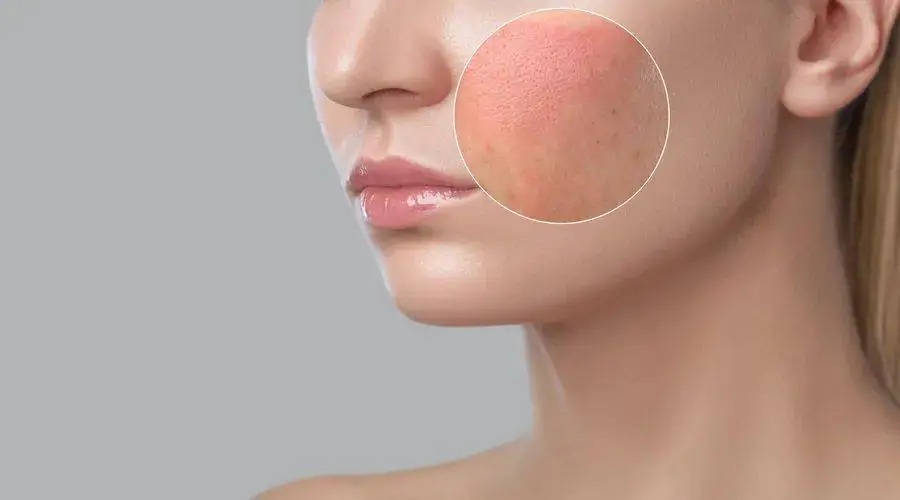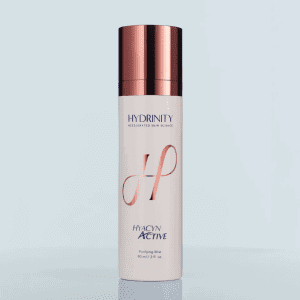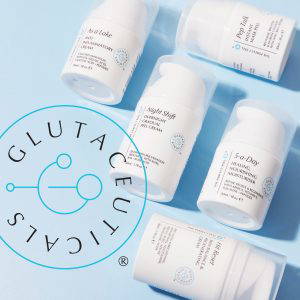What is skin cycling?
The balance between stimulating exfoliation and rest
Have you heard of skin cycling? It’s a trending word in the skincare industry, with currently around 500 million views on the TikTok hashtag.
So, what is skin cycling?
Skin cycling is the process of alternating your skin care routine between stimulating exfoliation and allowing the skin time to rest and repair.
We can compare this concept to exercising our body. We know that exercise has many benefits to our health; it strengthens our bones and muscles, reduces the risk of disease, improves our sleep, boosts our mental health…just to name a few.
The basis of exercise stimulates our muscles; this works by exerting stress on the muscles and damages the muscle fibres. This is why rest days our essential; rest helps the tissue heal, grow and become stronger. Without rest, your body becomes tired and is more prone to injury.
It’s the same concept for our skin. Using stimulating, exfoliating ingredients such as Vitamin A (retiniods), acids – AHA/BHAs, manual exfoliation (scrubs, brushes, texture clothes) and enzymatic exfoliation stimulate activity in our skin and increase our cellular turnover.
Part of the role of the skin is to regenerate and repair itself. So, by incorporating a rest from these types of skincare ingredients, we support our skin in this process. We allow the skin time to reset, repair and become healthier.
Without resting the skin, it can become irritated, red and sensitive and impact our skin barrier functioning.
Why is our skin barrier so important?
The skin barrier, also known as the epidermal barrier or stratum corneum, is the outermost layer of the skin. It is composed of lipids, such as ceramides, cholesterol, and fatty acids. This protective layer is responsible for preventing moisture loss and protecting the skin from external damage.
When the skin barrier function is compromised, it can lead to a variety of skin problems, including dryness, flakiness, redness, and irritation. It can also increase the risk of infections and other skin conditions, such as eczema and psoriasis.
Our skin naturally exfoliates in a process called desquamation and as we age, this process does start to slow down and we can help speed up this process with chemical or manual exfoliation. How much exfoliation is needed is what needs to be analysed carefully as too much and the skin barrier then becomes compromised. Exfoliation is a fine balance between encouragement and over exfoliation resulting in inflammation.
I always say to my clients if your skin starts to go red – RED means stop. It’s your skin’s way of talking to you.

So, what’s a therapist’s take on skin cycling?
I believe the concept of resting the skin from exfoliating ingredients should be an important element to everyone’s skin care routine.
Generally skin cycling takes the concept that you have 2 days on exfoliating ingredients and 2 days off. Day 1, exfoliating; Day 2, retinol; and Day 3 & 4, rest. This is a general rule and there are variables that need to be considered with this approach such as:
- Skin type
- Each skin is different and how much exfoliation is required will differ
- The percentage and pH of the skincare products
- The type of exfoliation for example; lactic acid is a gentler acid than glycolic as Retinyl palmitate is compared to retinol
In addition, in my experience of carrying out consultations, a lot of clients do not realise the amount of exfoliation within their routine. It’s a question on our consultation form, ‘how often do you exfoliate weekly?’ The majority of clients will say around 3 times a week, but when we delve into this deeper, the actually number can be much more with some clients exfoliating twice a day without realising. Hidden ingredients in serums or using a texture wash cloth with an exfoliating cleanser are all easy ways the number adds up.
And there does seem to be a perception that the more stimulating, exfoliating and stronger the ingredients the better. Which is not the case. As previously stated, it is much more important that we take care of our skin barrier and respect all the different layers of our skin. An impaired barrier does not allow our skin to work effectively and can have an adverse effect and accelerate premature ageing.
We are seeing in clinic more and more, impaired skin barriers and skin issues that are created from over using exfoliating ingredients. And it’s not a nice place for clients to be in and takes time to repair the skin. So, having a concept that prevents is much easier than recovering from damage caused.
Incorporating a rest within your skin routine is a great concept as it enables your skin to just take stock and reset itself.
So, I do encourage the education of skin cycling and if this educates clients to understand how important rest is for our skin then I welcome this. Just be aware that all skin types are different and therefore following skin cycle routines is not appropriate for all. It is best to have a skin consultation and get expert advice on your skin and the best routine to follow from a personalised approach.
So, what would a rest day look like for the skin?
Look for a routine that is nourishing and hydrating and stepping back from the exfoliation and retinoids. There is a difference between stimulating, exfoliating actives such as retinoids and AHA/BHA acids and nourishing or ‘feeding’ actives. Actives that feed the cells ingredients that support and assist skin cells in their functioning such as Vitamin C, Vitamin E, Vitamin B3 or other antioxidants such as green tea and glutathione are good options to use on rest days. Using hydrating ingredients to support the skin barrier are also good choices such as ceramides, squalene, hyaluronic acid and glycerin for example.



